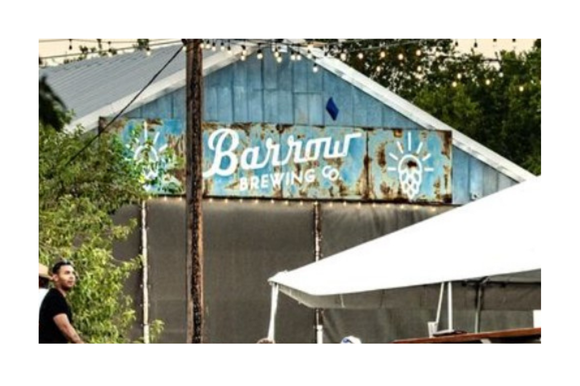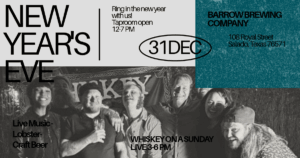Events

The Village Calendar
Stay & Play in Salado
Search Upcoming Events
Loading...
All the Details
Favorite
December 5, 2025 @ 6:00 pm - December 30, 2025 @ 9:00 pm
December 10, 2025 @ 6:00 pm - January 4, 2026 @ 9:00 pm
December 15, 2025 @ 6:00 pm - January 9, 2026 @ 9:00 pm
December 20, 2025 @ 6:00 pm - January 14, 2026 @ 9:00 pm
December 25, 2025 @ 6:00 pm - January 19, 2026 @ 9:00 pm
Event Registration Info:
No registration neccessary
Favorite
December 10, 2025 @ 6:00 pm - January 4, 2026 @ 9:00 pm
December 15, 2025 @ 6:00 pm - January 9, 2026 @ 9:00 pm
December 20, 2025 @ 6:00 pm - January 14, 2026 @ 9:00 pm
December 25, 2025 @ 6:00 pm - January 19, 2026 @ 9:00 pm
December 30, 2025 @ 6:00 pm - January 24, 2026 @ 9:00 pm
Event Registration Info:
No registration neccessary
Favorite
December 12, 2025 @ 6:15 am - December 13, 2025 @ 6:00 pm
Event Registration Info:
Purchasse your tickets at centraltexastickets.com
Favorite
December 13, 2025 @ 9:00 am - 11:00 am
Favorite
December 15, 2025 @ 6:00 pm - 8:00 pm
Event Registration Info:
bit.ly/Bar1859VeryMerryMixology
Favorite
December 15, 2025 @ 6:00 pm - January 9, 2026 @ 9:00 pm
December 20, 2025 @ 6:00 pm - January 14, 2026 @ 9:00 pm
December 25, 2025 @ 6:00 pm - January 19, 2026 @ 9:00 pm
December 30, 2025 @ 6:00 pm - January 24, 2026 @ 9:00 pm
Event Registration Info:
No registration neccessary
Favorite
December 20, 2025 @ 2:00 am - 4:00 pm
Event Registration Info:
https://bit.ly/3XnDynu
Favorite
December 20, 2025 @ 11:00 am - 1:00 pm
Event Registration Info:
https://runsignup.com/Race/TX/Salado/SantaSBeerRunK
Favorite
December 20, 2025 @ 6:00 pm - January 14, 2026 @ 9:00 pm
December 25, 2025 @ 6:00 pm - January 19, 2026 @ 9:00 pm
December 30, 2025 @ 6:00 pm - January 24, 2026 @ 9:00 pm
Event Registration Info:
No registration neccessary
Favorite
December 25, 2025 @ 6:00 pm - January 19, 2026 @ 9:00 pm
December 30, 2025 @ 6:00 pm - January 24, 2026 @ 9:00 pm
Event Registration Info:
No registration neccessary
Favorite
December 30, 2025 @ 6:00 pm - January 24, 2026 @ 9:00 pm
Event Registration Info:
No registration neccessary
Favorite
December 31, 2025 @ 12:00 pm - 7:00 pm


















